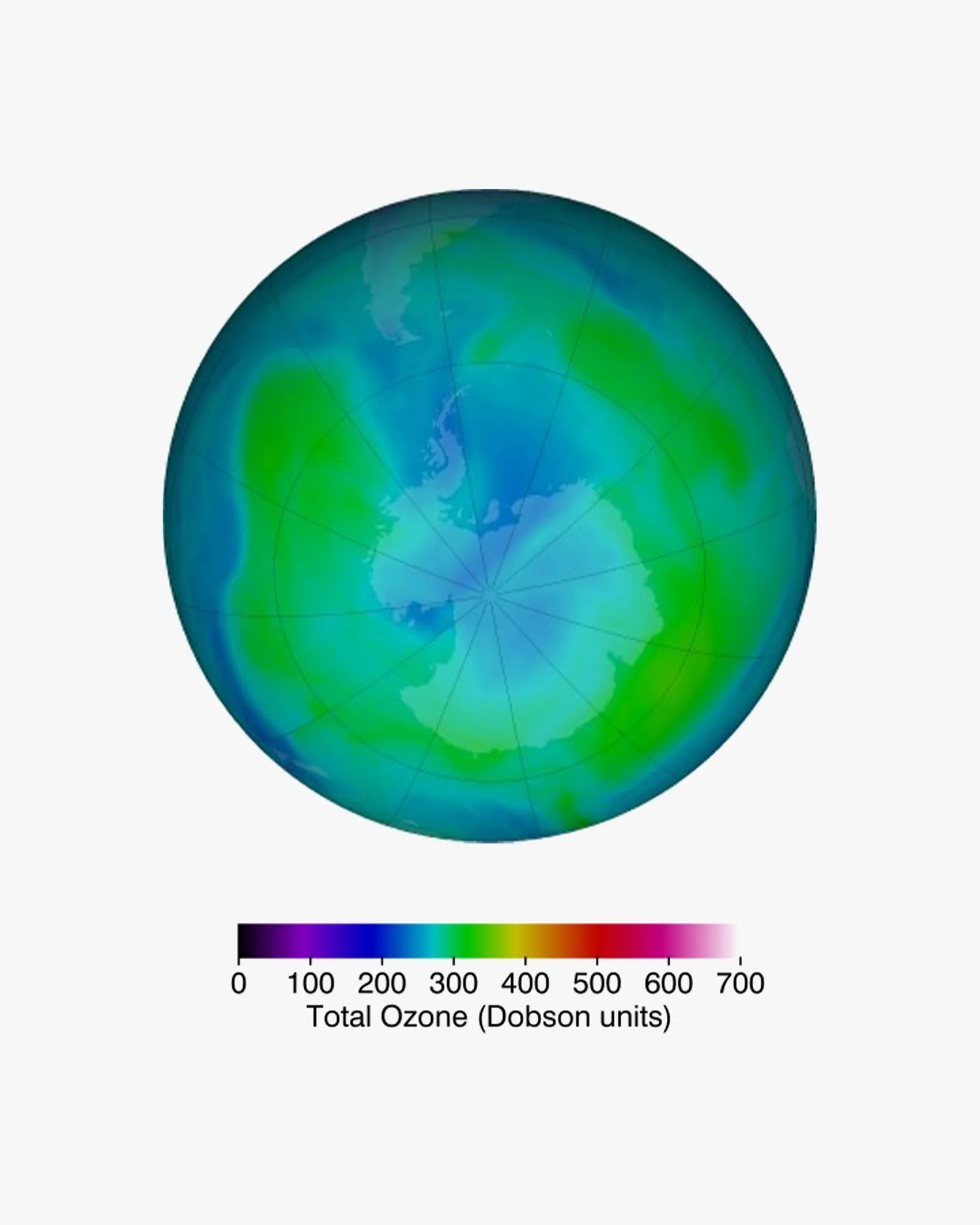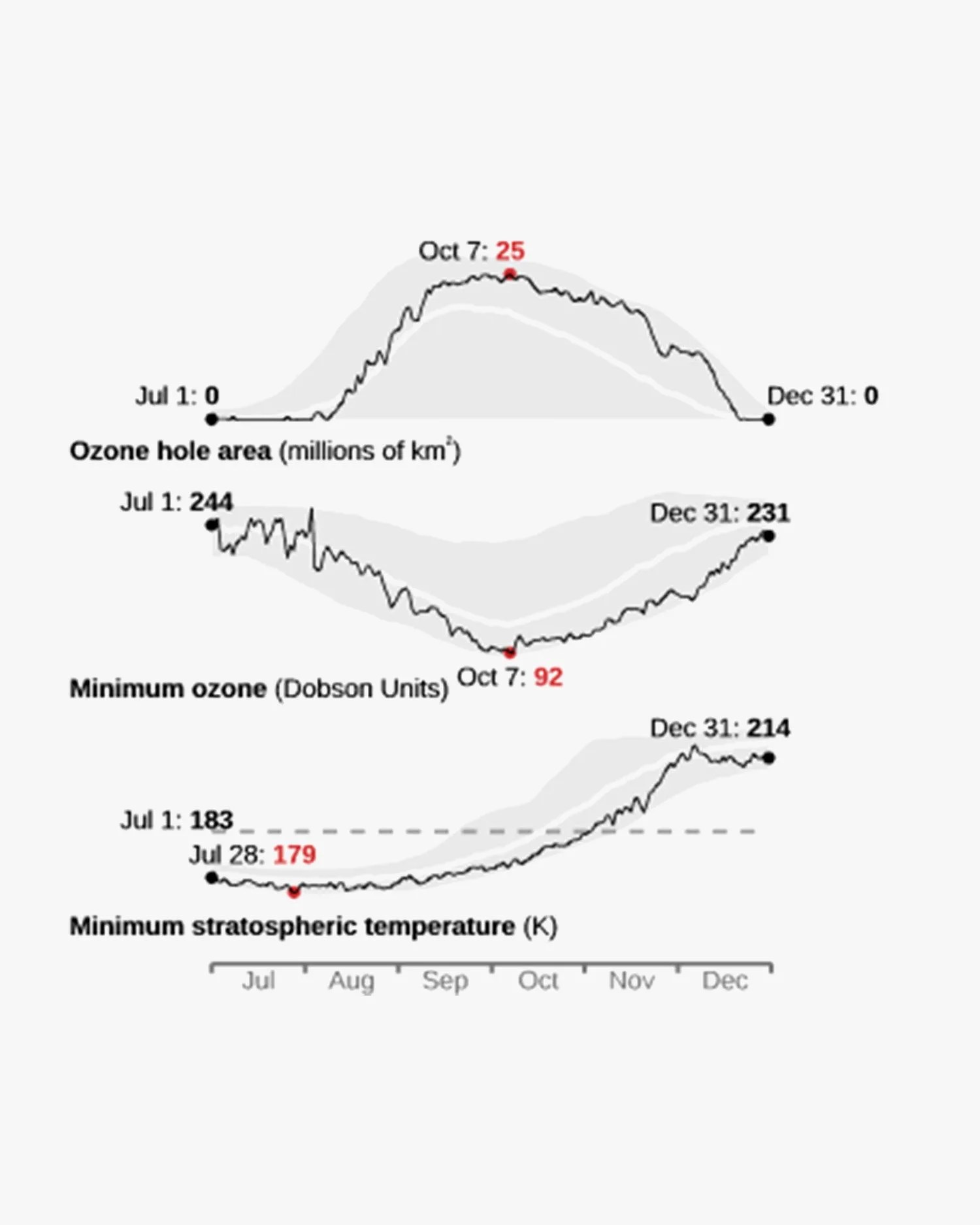It’s OK to be stressed out about the impact even the slightest change in our climate could have on everyday life; research suggests rising water levels could reach high enough to overtake some seaside cities; another suggests a third of all plant and animal species could be extinct — because of habitat or temperature change — by 2050. Hell, we could be next. (But definitely still in the distant future: According to acclaimed climatologist Michael E. Mann — who might’ve been the inspiration for Leonardo DiCaprio’s character in Don’t Look Up — “there is no evidence of climate change scenarios that would render human beings extinct,” he told LiveScience.)
However, climate change could make a more immediate impact on our skin. Human habits and material manufacturing contribute to the thinning of the ozone, which will increase the amount of UV rays that reach the surface, causing a spike in skin cancer cases, but also a domino effect of other issues.


A Connected Crisis: Climate Change and Skincare
“A 2 degree Celsius (3.6 degree Fahrenheit) increase in ambient temperature is estimated to increase skin cancer incidence 11 percent globally by 2050,” Dr. Liia Ramachandra, a skincare expert, industry executive and researcher, says, citing a 2002 study from Jan C van der Leun and Frank R de Gruijl. “Heat also has an indirect effect on skin cancer incidence by altering human behavior.”
“Climate change is real and it is happening.”
11 percent is a huge spike, and that estimate was made some 20 years ago, when forecasts, to put it kindly, were more conservative and a little more hopeful humans could change their ways. Whether we can right our wrongs on a large enough scale to undo what many deem inevitable remains to be seen. But climate change itself is not up for debate. NASA has proven it’s real.



